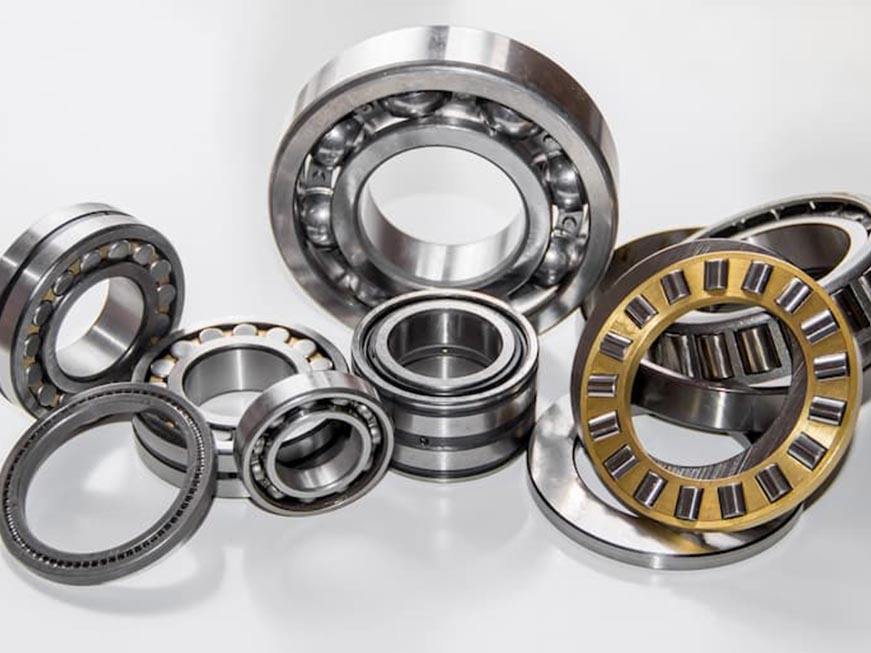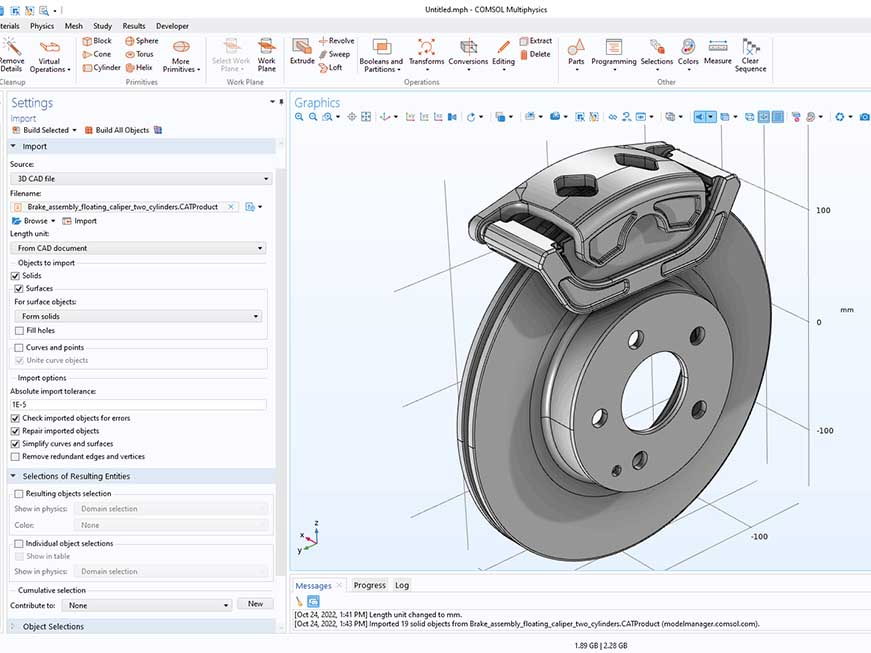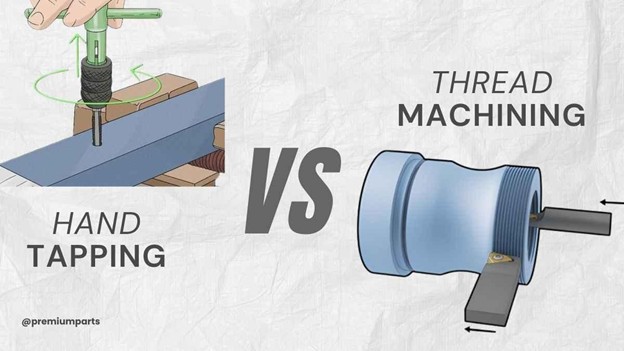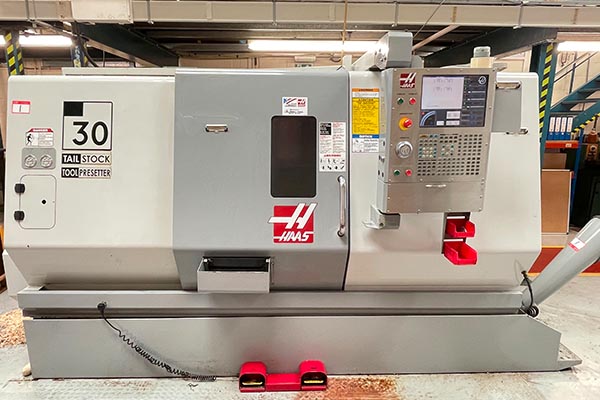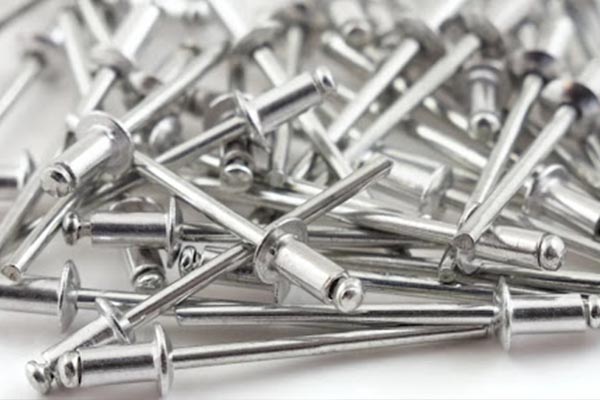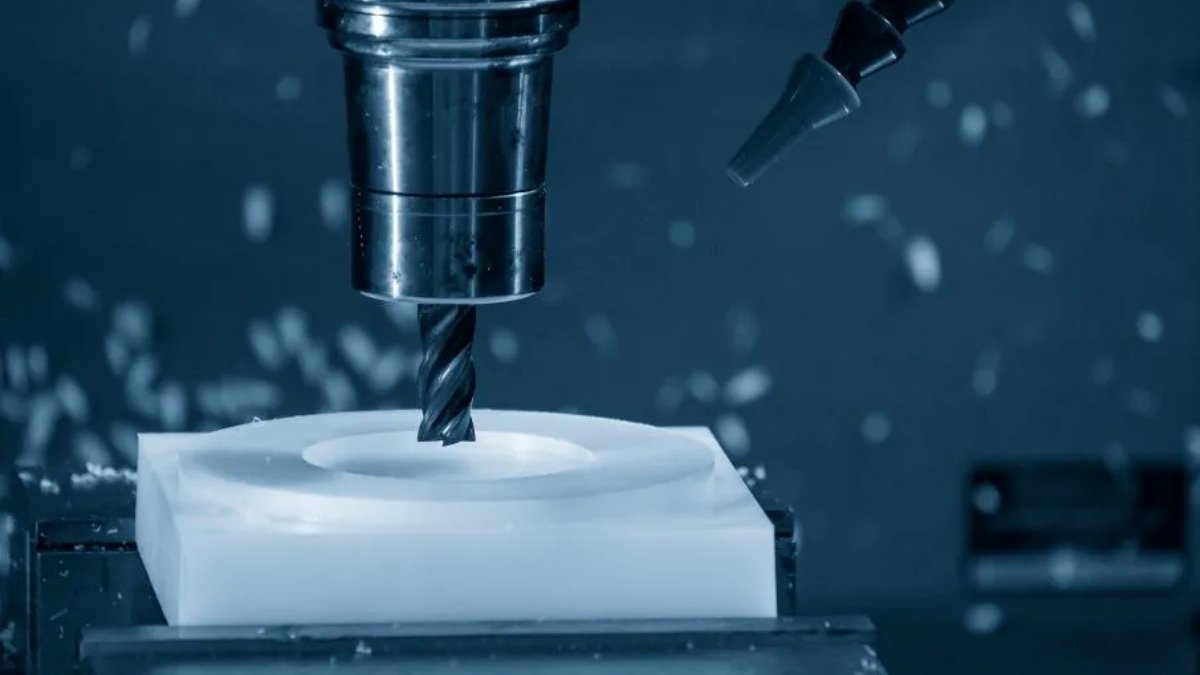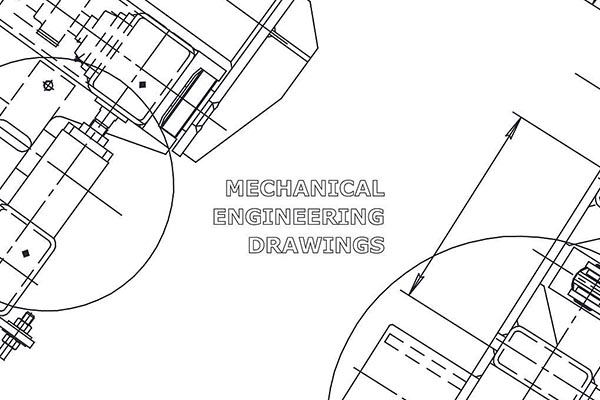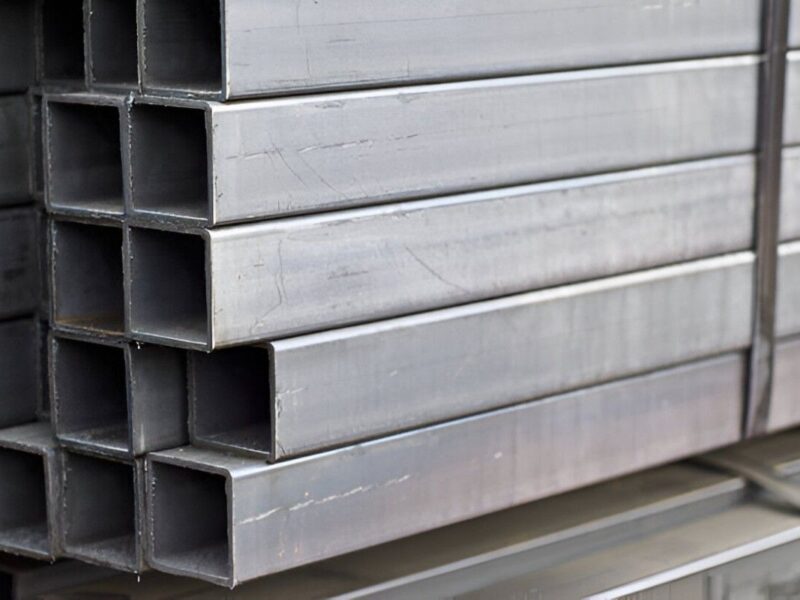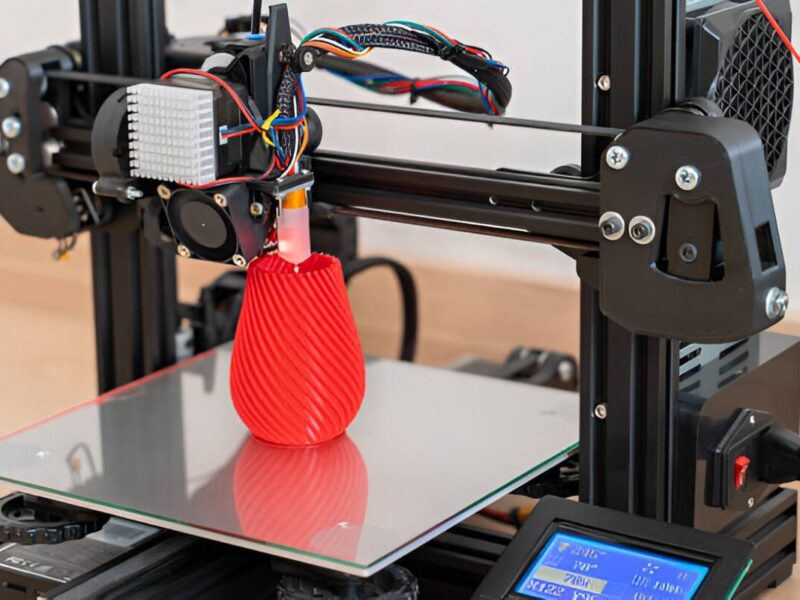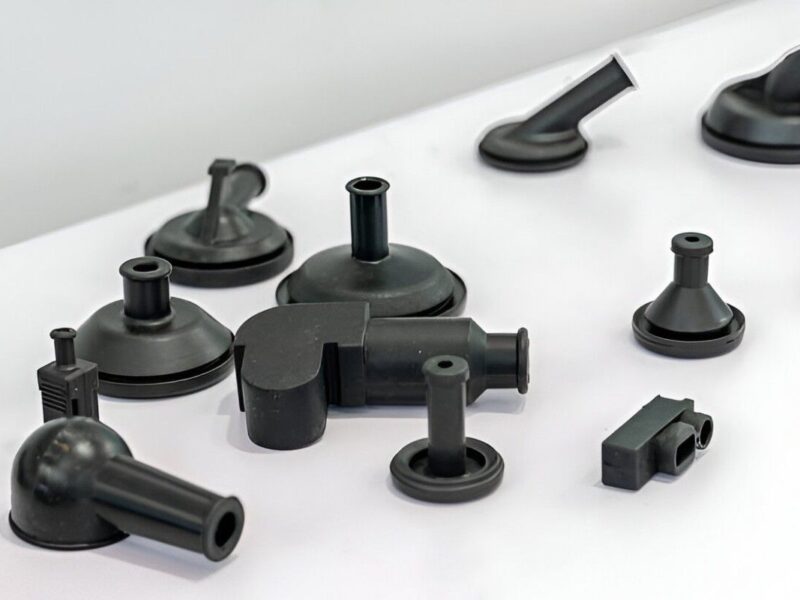Widely employed in subtractive manufacturing, CNC machines are fast, reliable, and complex. With computerized numerical control, CNC mills and CNC lathes can produce parts with complex geometries for one-off practical end-use, rapid prototyping, low-volume manufacturing, or mass production.
Because of the relative sophistication of these devices, it is not uncommon to see many different brands of equipment from workshop to workshop. That being said, every CNC milling machine will have some basic components to perform the device’s primary function.
This article takes a quick stab at the basic parts of a CNC milling machine, their function, and their possible location.
Common CNC Milling Machine Parts
A CNC milling machine is built with several key parts that make precise cutting possible. Each part works together to deliver accuracy, speed, and reliable performance. In no particular order, here is a rundown of the standard and most common parts of a CNC milling machine.
1. Base
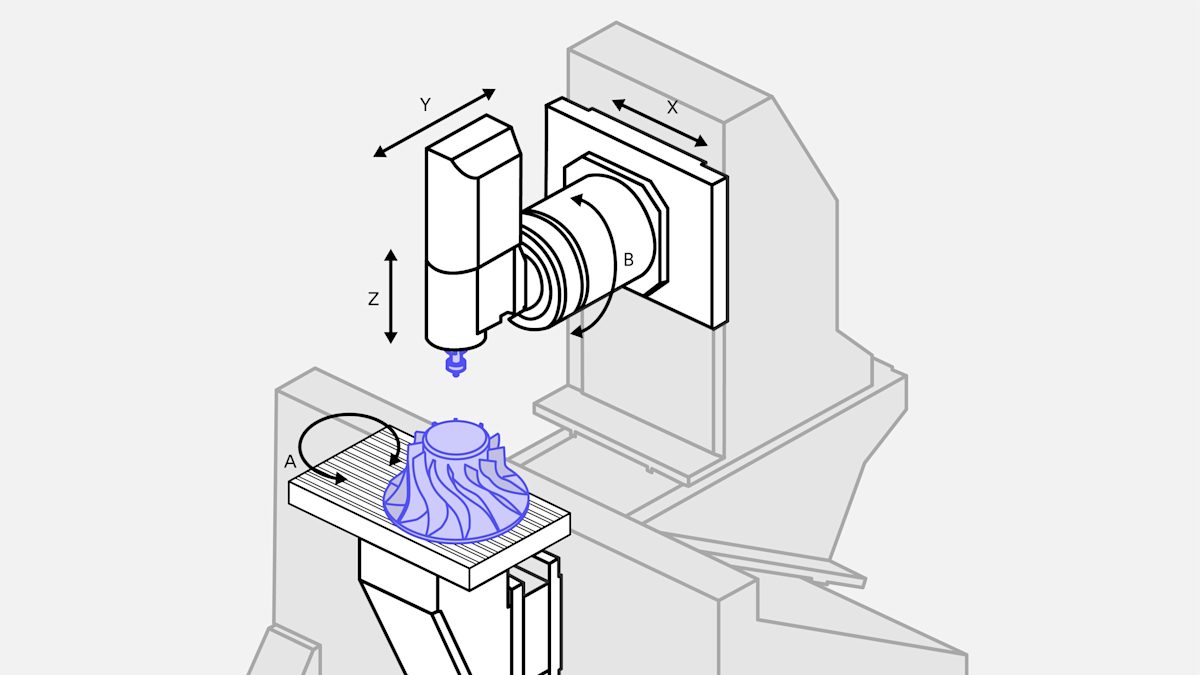 Milling Machine Base
Milling Machine Base
Image Description: An illustration showing the base of a milling machine. It is designed to support the entire structure and absorb vibrations during machining.
The base of a CNC milling machine is a cast-iron platform that supports the weight of the machine from top to bottom. The base component is a part of the CNC machine in contact with the ground and may double as a tank for cutting fluids, depending on the design of the machine.
2. Turret
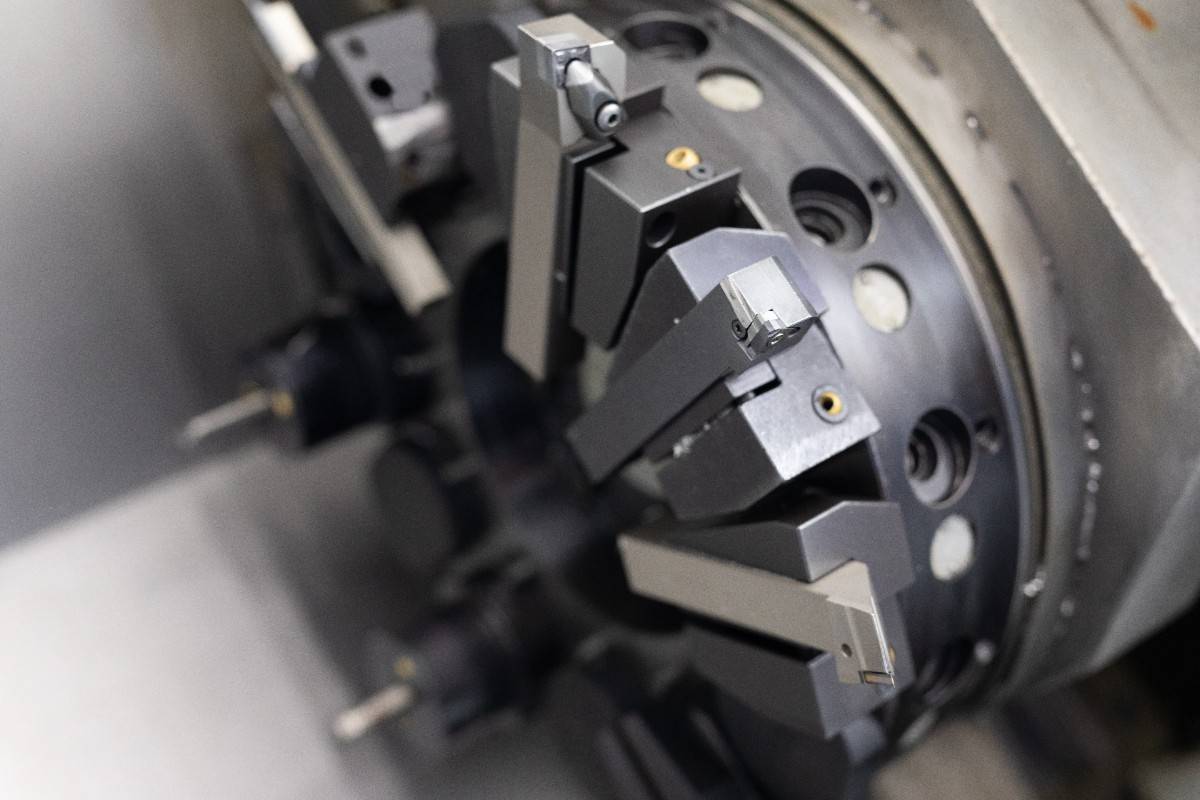 Milling Machine Turret
Milling Machine Turret
Image Description: A close-up illustration of a milling machine turret. It shows the part that holds and rotates the spindle for different machining operations.
The turret is a component of the milling machine that allows for proper rotation of the milling head along the center of the column.
3. Saddle
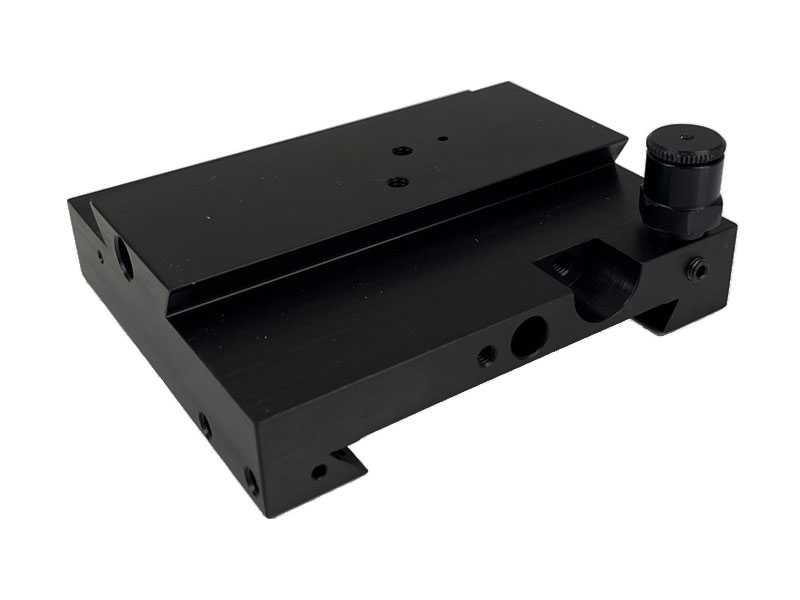 Milling Machine Saddle
Milling Machine Saddle
Image Description: A milling machine saddle in close view, showing the part that supports the table and enables crosswise movement.
The saddle lies between the table and the knee. It is responsible for facilitating the movement of the workpieces along the y-axis.
4. Frame
The frame is the structural support of the CNC machine. It could be made from cast iron and supports, and dampens the machine and the effects of the machining vibrations. The frame must be rigidly secured to the group to prevent workplace injuries and excess vibration, resulting in machining errors.
5. Table
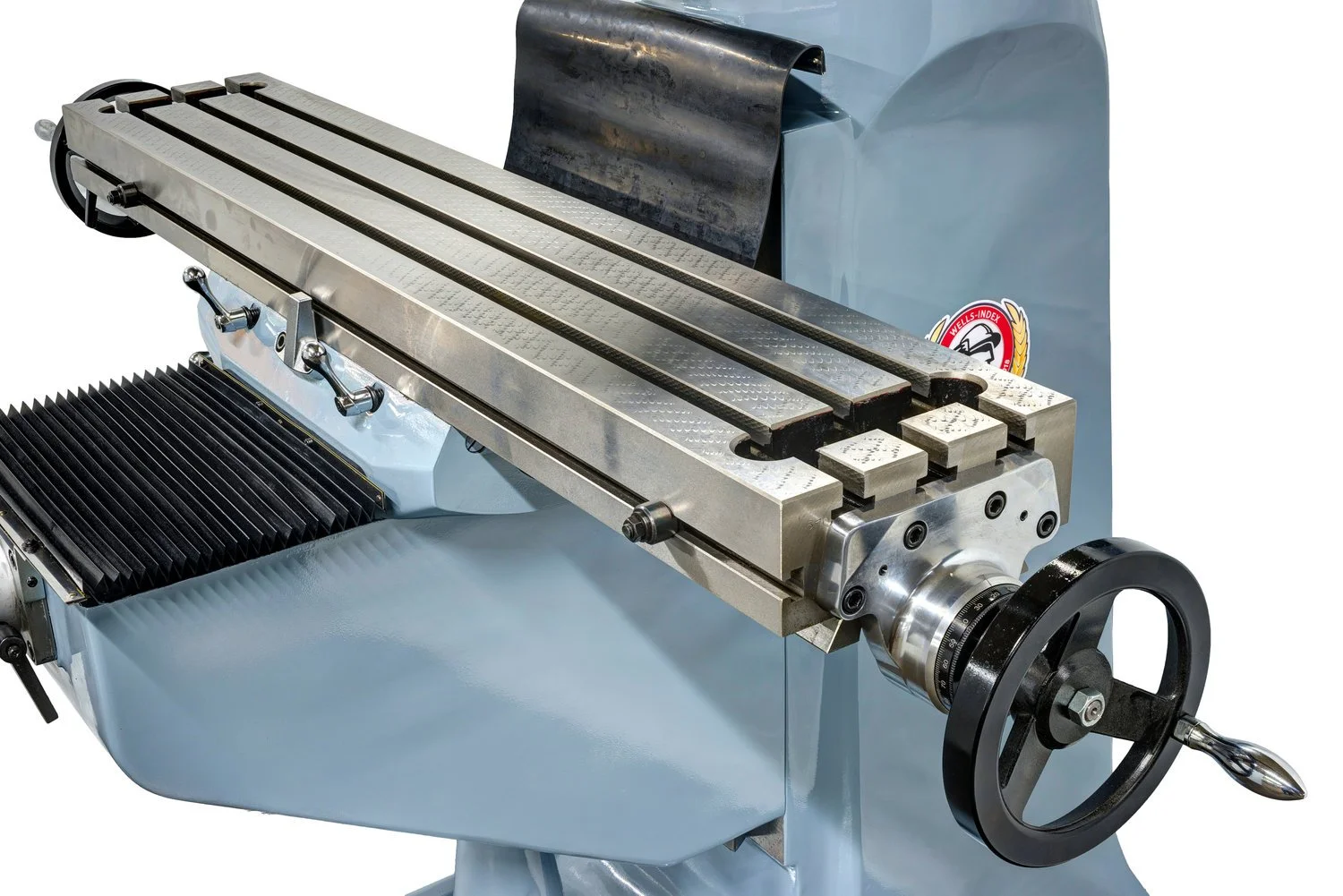 Milling Machine Table
Milling Machine Table
Image Description: A milling machine table, the flat surface where the workpiece is fixed for machining operations.
The table is the part of the CNC machine that holds the job and houses the job-holding devices. The table secures the workpiece and is placed atop the saddle. It contains a number of T-slots for securing jigs, workpieces, and fixtures.
Tables are movable and receive signals from the operator through the control panel. They may be secured via vices or clamps and allow for the movement of the workpieces on the machine’s x-axis.
6. Spindle
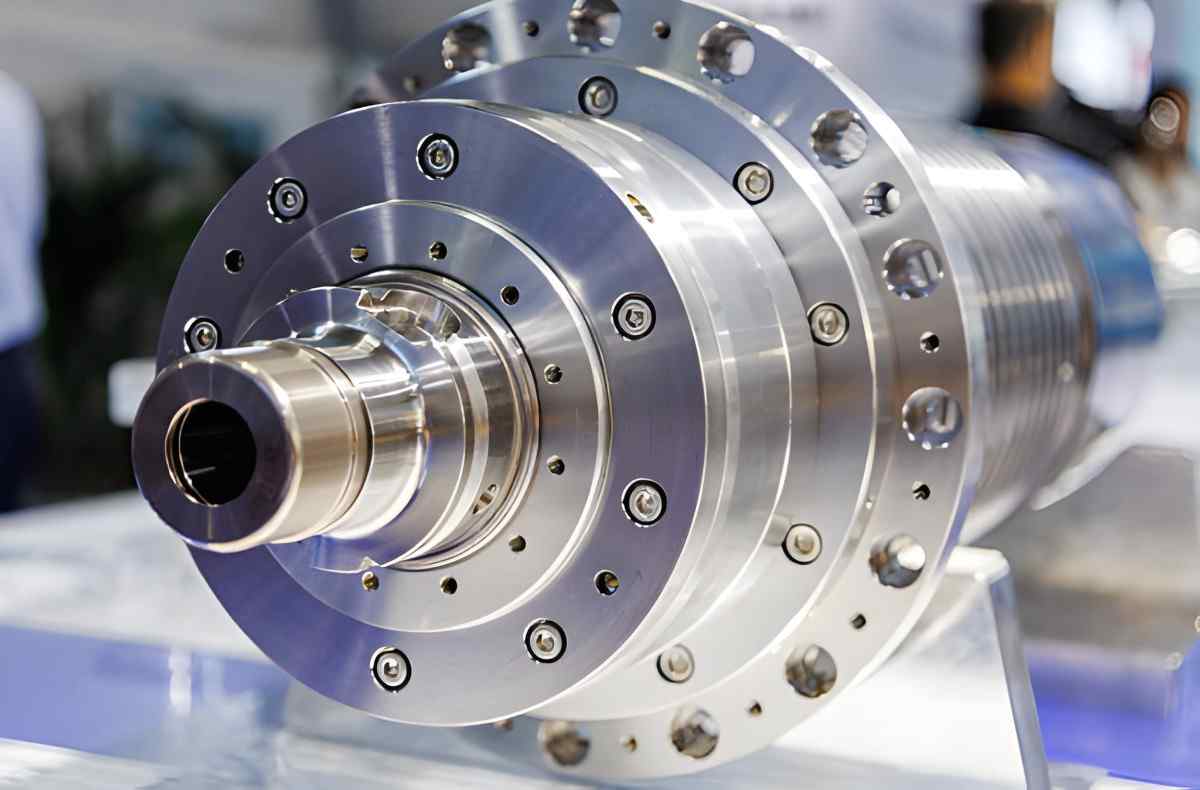 Milling Machine Spindle
Milling Machine Spindle
Image Description: A milling machine spindle, the rotating component that holds and drives the cutting tool during machining.
The spindle holds the cutting tool in place and makes rotations when necessary to move the tool holder. From design, the tools for milling and machining will be installed in the tapered end of the spindle. Spindles have varying revolutions per minute (RPMs), which refers to the speed capacity of the spindle.
Depending on the part to be machined and the tools used, the spindle speed may vary from job to job. Spindle speeds can toggle to match the demands and properties of the workpiece to be milled. They could be self-contained cartridges or fabricated spindles.
7. Axes
The CNC milling axes are one of the most critical components in the machine. These axes are connected to the machine’s frame, providing motion in all x, y, and z axes. The number of axes determines the number of directions the machine can move when fabricating a workpiece. 3-axis CNC can move in 3 directions, while 4-axis CNC can move in an optional 4th axis.
There are also 5-axis CNC mills, but they are not very common. The motion of the axis is directed by the g-code programming as well as manual input in the control panel.
8. Knee
The knee serves to provide additional support to the saddle and table. It allows vertical movement along the z-axis while keeping the cutting tool above the workpiece. The knee also supports the material feed mechanism of the CNC machine.
9. Column
The column is a vertical support structure that joins the base and other components of the CNC machine. It also holds the turret and houses the machine’s driving motor
10. Cutting tool
The cutting tool is the component of the machine that delivers the actual cutting action. The cutting tool is attached to the column and used to machine the pieces in the manner directed by the programming or the operator’s input. The systemic action of the cutting tool on the workpiece results in the final part that matches the designer’s specifications.
11. Coolant supply tubes
In the absence of a reservoir tank at the base of the CNC machine, there will be coolant supply tubes that flow from a tank to supply coolant and cutting fluids to the machine. These supply tubes are necessary for heat control and lubrication during machining.
12. Control panel
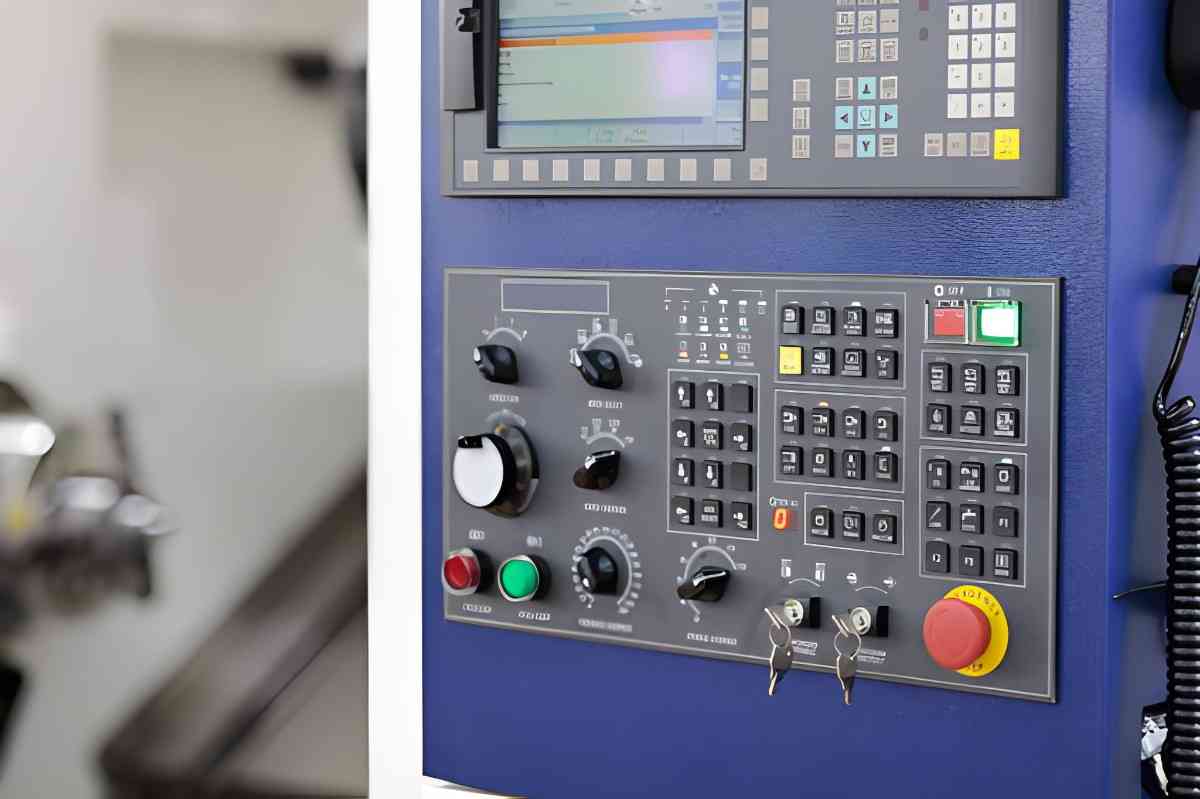 Milling Machine Panel
Milling Machine Panel
Image Description: A milling machine control panel with buttons and a display used to operate and monitor machining functions.
The control panel or CNC controller is a display and control panel used to give commands to the CNC milling machine. It signals the machine’s motor on how and when to move the machine’s axes. The control panel may be considered the brain of the CNC machine. It is also responsible for interpreting input codes and programming languages.
13. Arbor
The Arbor is an extension of the spindle. It is responsible for mounting and rotating the cutting tool.
14. Overhanging head
The overhanging head, also referred to as the overhanging arm, is used to deliver electrical supply from the machine’s motor to the mechanical arm of the spindle.
Get started with Premium Parts CNC prototyping in China
At Premium Parts, we offer excellent CNC machining and rapid prototyping services run by standard and scalable equipment in China. Get in touch with us to review your new project and get a free quote.


